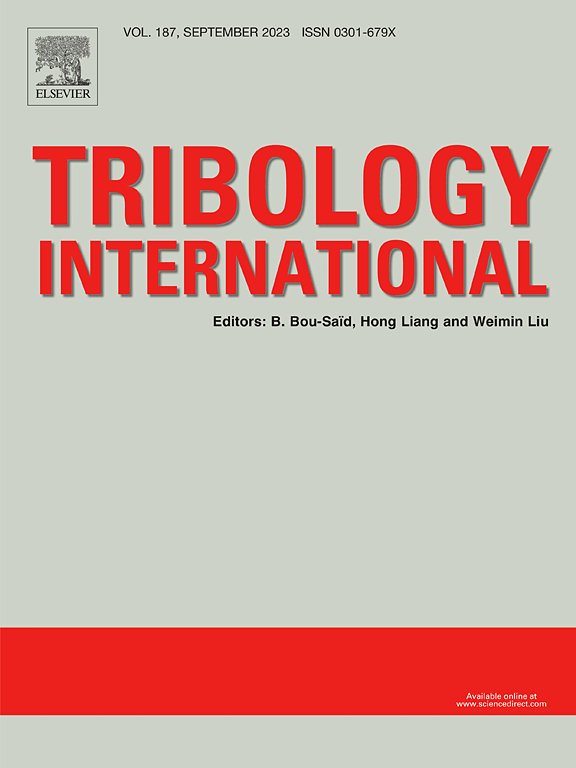基于非轴对称热载荷的胎面制动车轮热分析的轴对称有限元模型
IF 6.1
1区 工程技术
Q1 ENGINEERING, MECHANICAL
引用次数: 0
摘要
本文介绍了在ANSYS Mechanical APDL中实现胎面制动车轮温度场有限元模型的实现。该模型基于轴对称谐波元素,由于热负荷的傅立叶级数系数定义,它允许在轴对称几何上应用非轴对称热负荷。该模型在稳态和瞬态仿真中对参考3D模型进行了基准测试,并提供了相同的输出,但改进了计算时间和内存资源管理。由于新模型相对于3D模型的自由度减少了390个,因此可以实现1580左右的加速因子,并且可以实现更小的步长。本文章由计算机程序翻译,如有差异,请以英文原文为准。
A new finite element axisymmetric model with non-axisymmetric thermal loads for thermal analyses of tread braked wheels
The paper describes the implementation of a finite element (FE) model for the calculation of the temperature field on tread braked wheels in ANSYS Mechanical APDL. The model is based on axisymmetric-harmonic elements, that allow to apply non-axisymmetric thermal loads over an axisymmetric geometry, thanks to the definition of thermal loads in terms of Fourier series coefficients. The model is benchmarked against a reference 3D model, in steady-state and transient simulations, and it provides the same outputs with improved computational times and management of memory resources. As the new model has 390 fewer degrees of freedom with respect to the 3D model, speed up factors around 1580 can be achieved, and smaller step-sizes are enabled.
求助全文
通过发布文献求助,成功后即可免费获取论文全文。
去求助
来源期刊

Tribology International
工程技术-工程:机械
CiteScore
10.10
自引率
16.10%
发文量
627
审稿时长
35 days
期刊介绍:
Tribology is the science of rubbing surfaces and contributes to every facet of our everyday life, from live cell friction to engine lubrication and seismology. As such tribology is truly multidisciplinary and this extraordinary breadth of scientific interest is reflected in the scope of Tribology International.
Tribology International seeks to publish original research papers of the highest scientific quality to provide an archival resource for scientists from all backgrounds. Written contributions are invited reporting experimental and modelling studies both in established areas of tribology and emerging fields. Scientific topics include the physics or chemistry of tribo-surfaces, bio-tribology, surface engineering and materials, contact mechanics, nano-tribology, lubricants and hydrodynamic lubrication.
 求助内容:
求助内容: 应助结果提醒方式:
应助结果提醒方式:


